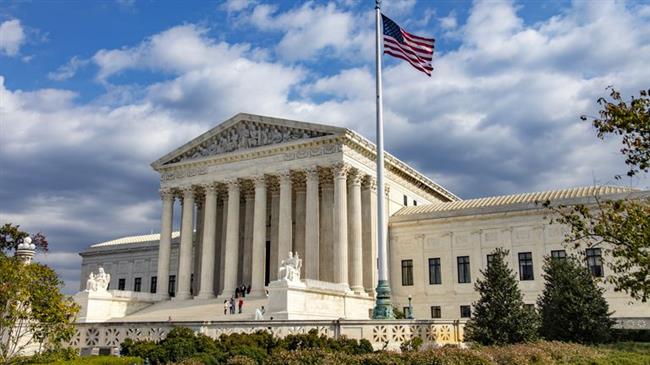The U.S. Supreme Court
As many of us know, the Supreme Court is the highest judicial court in the United States. There is a Chief Justice and eight associate justices. These individuals have the responsibility and power to interpret and uphold the United States Constitution.
When there is a vacancy in the court, the President of the United States holds the power to nominate a Justice. This nomination does not guarantee an appointment. It has to be approved by the U.S. Senate before this may occur. Some may say that a political game is played with a non-partisan position. The President as well as the Senate are both guilty of this. The President can nominate someone to the Court that has similar beliefs as the administration causing discomfort to the Senate if they are a majority of the opposite party.
With the power the court holds, I was able to witness the decision of the North Carolina gerrymandering court case this past summer while I was in D.C. With a 5-4 vote in the Supreme court, the Justices decided it was up to the state and federal government to decide on the drawing of congressional districts. They did not believe that the Supreme Court should decide on how an electoral map should be drawn.
Many disputes arose from this decision but the best explanation is pretty simple. If the United States Supreme Court decided to interfere with the drawing of an electoral district, that could potentially influence other elections to come. This would then create a gray area of what makes partisan gerrymandering unconstitutional. A decision for the Court to intervene would overstep its power into affecting candidates in a political election.

NC Gerrymandering
When there is a vacancy in the court, the President of the United States holds the power to nominate a Justice. This nomination does not guarantee an appointment. It has to be approved by the U.S. Senate before this may occur. Some may say that a political game is played with a non-partisan position. The President as well as the Senate are both guilty of this. The President can nominate someone to the Court that has similar beliefs as the administration causing discomfort to the Senate if they are a majority of the opposite party.
With the power the court holds, I was able to witness the decision of the North Carolina gerrymandering court case this past summer while I was in D.C. With a 5-4 vote in the Supreme court, the Justices decided it was up to the state and federal government to decide on the drawing of congressional districts. They did not believe that the Supreme Court should decide on how an electoral map should be drawn.
Many disputes arose from this decision but the best explanation is pretty simple. If the United States Supreme Court decided to interfere with the drawing of an electoral district, that could potentially influence other elections to come. This would then create a gray area of what makes partisan gerrymandering unconstitutional. A decision for the Court to intervene would overstep its power into affecting candidates in a political election.

NC Gerrymandering
Comments
Post a Comment